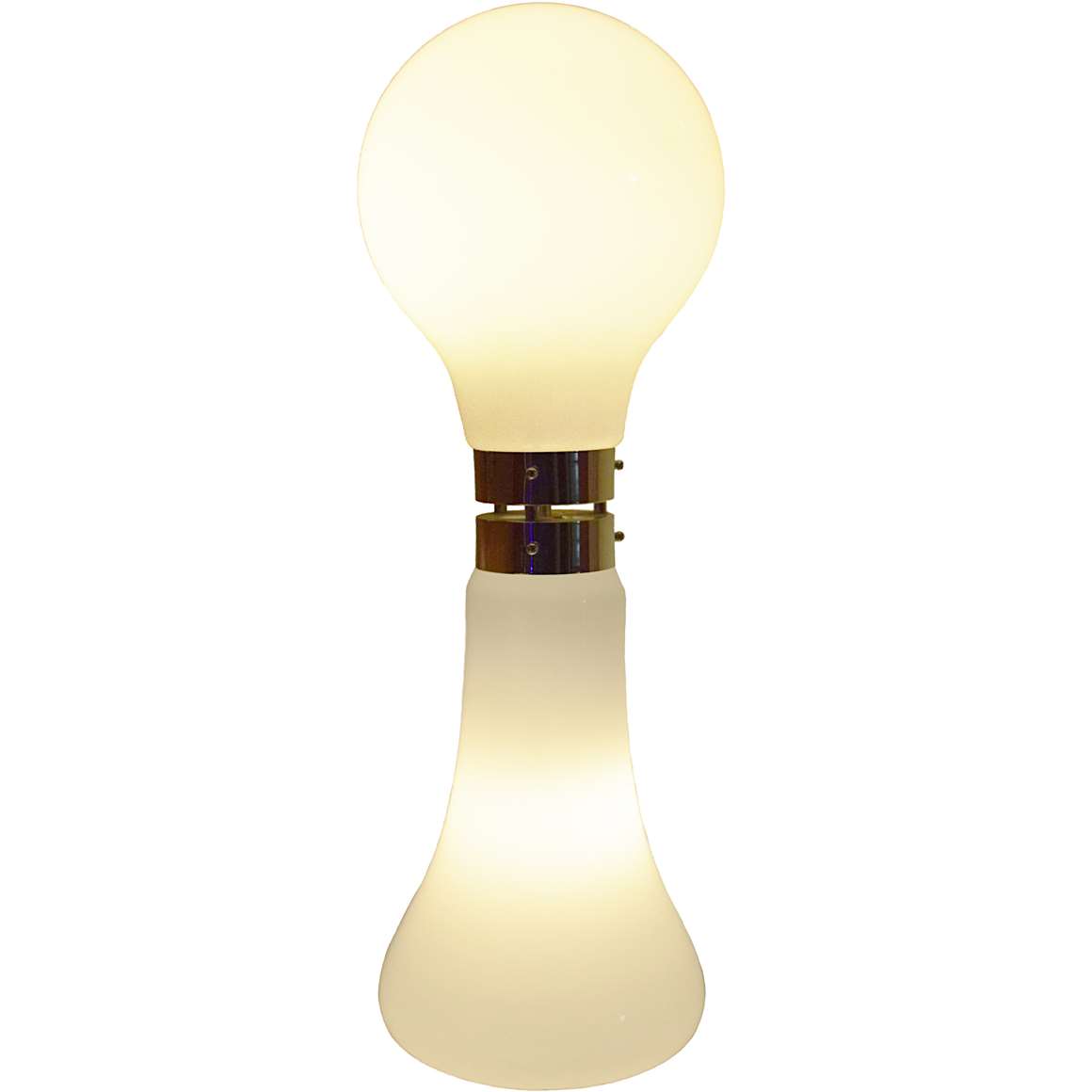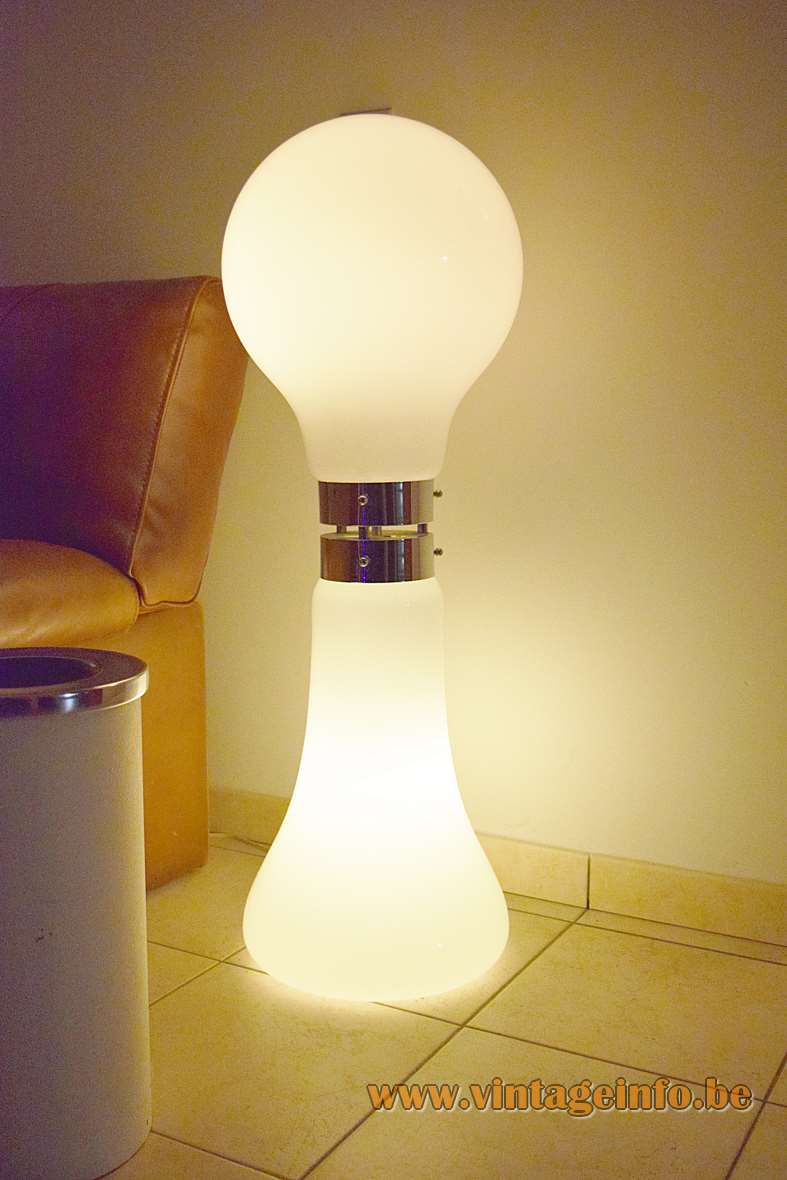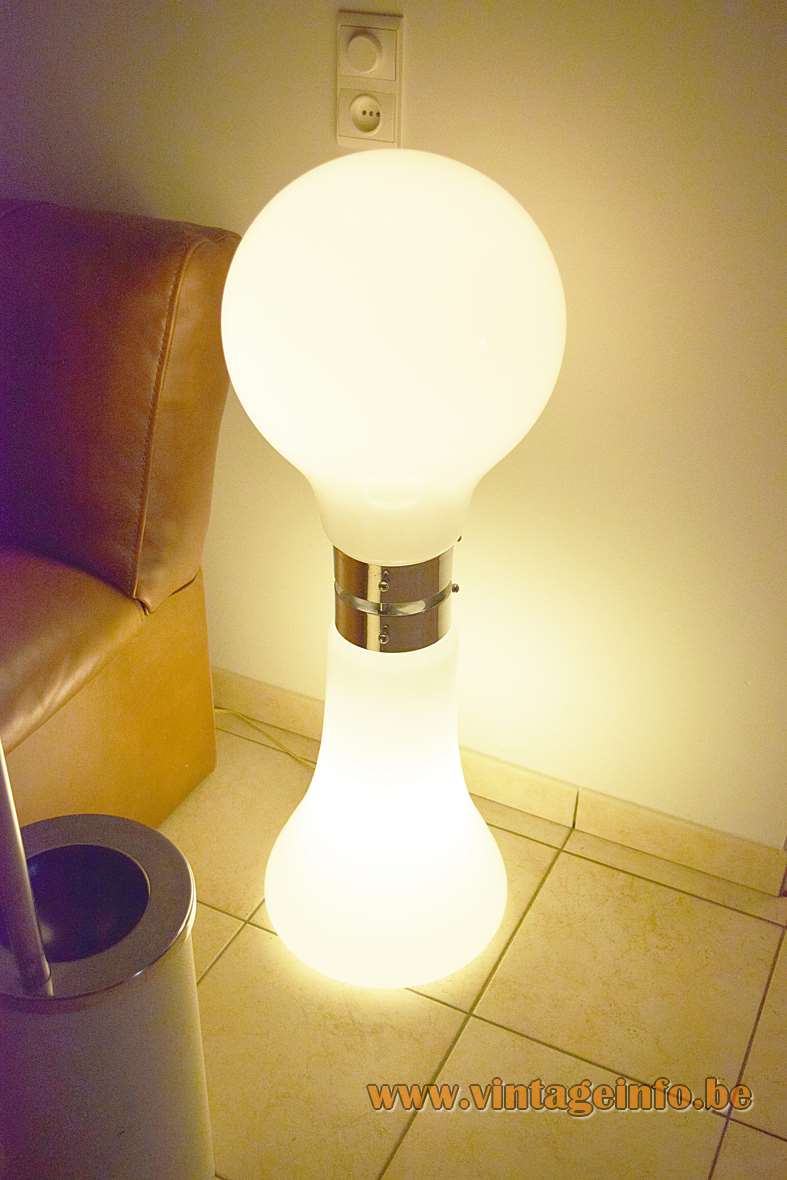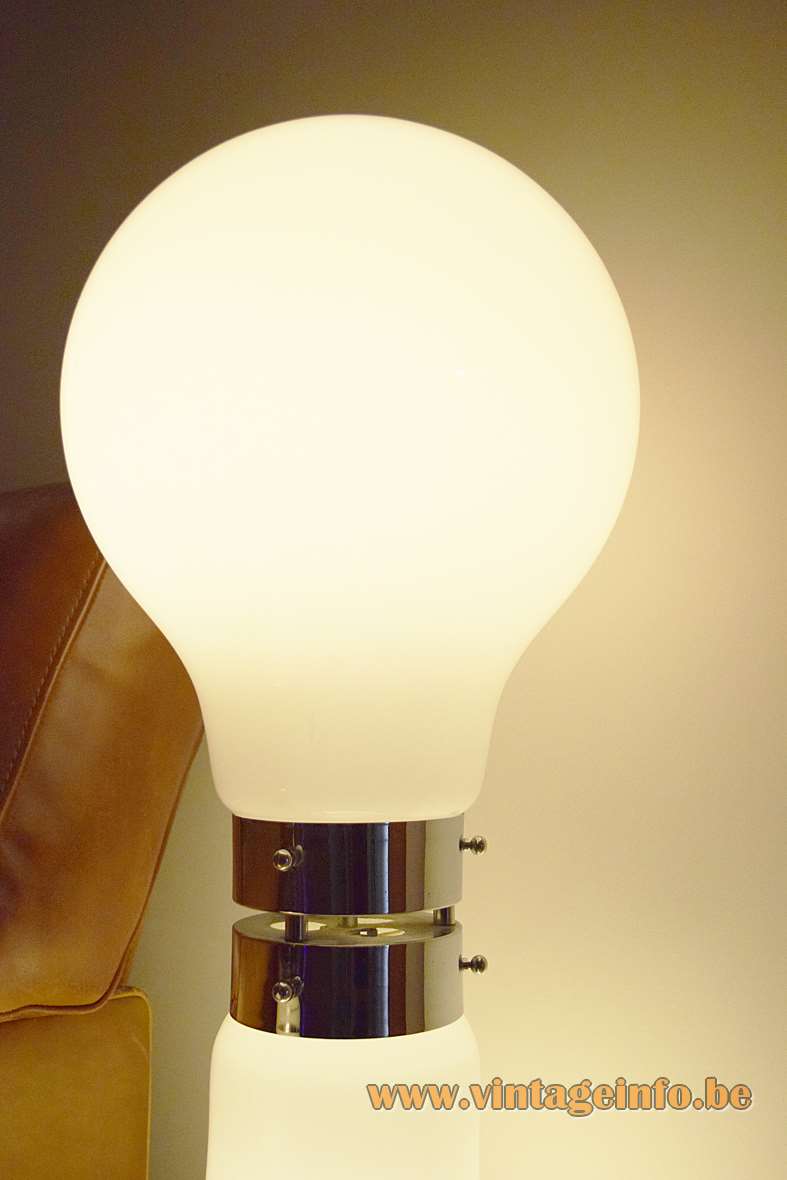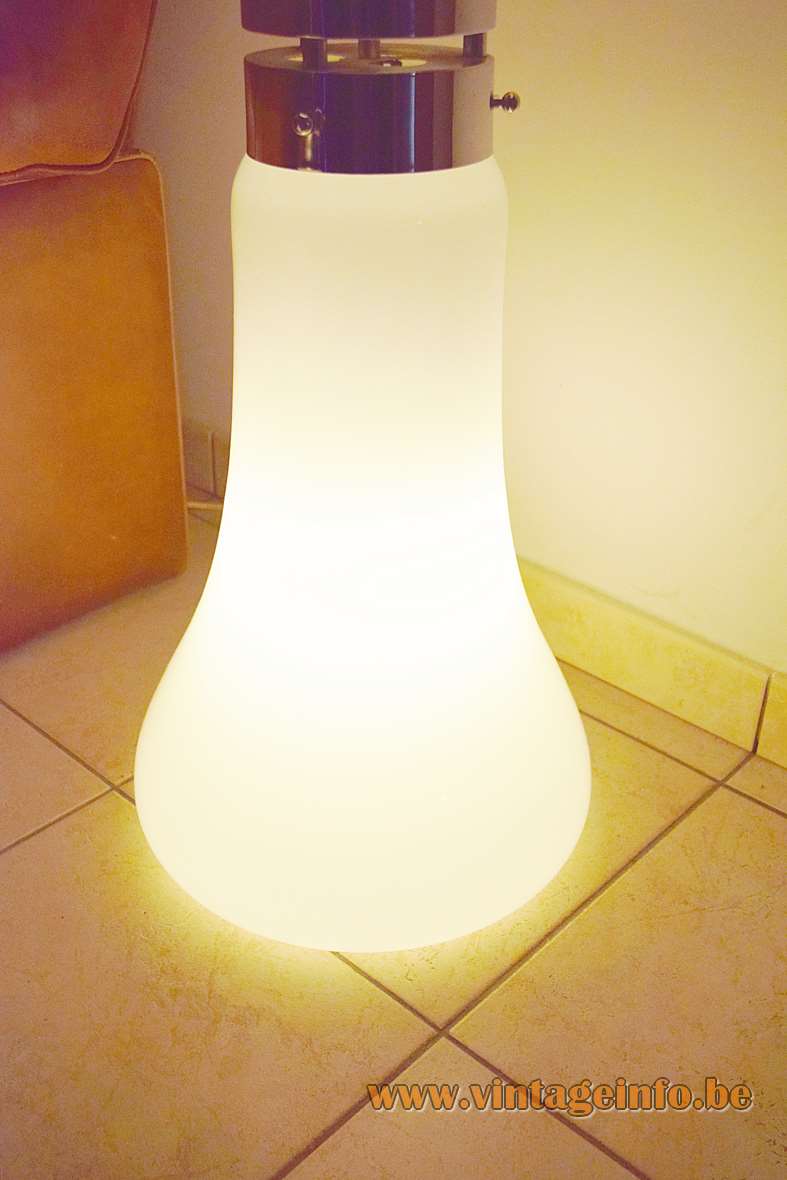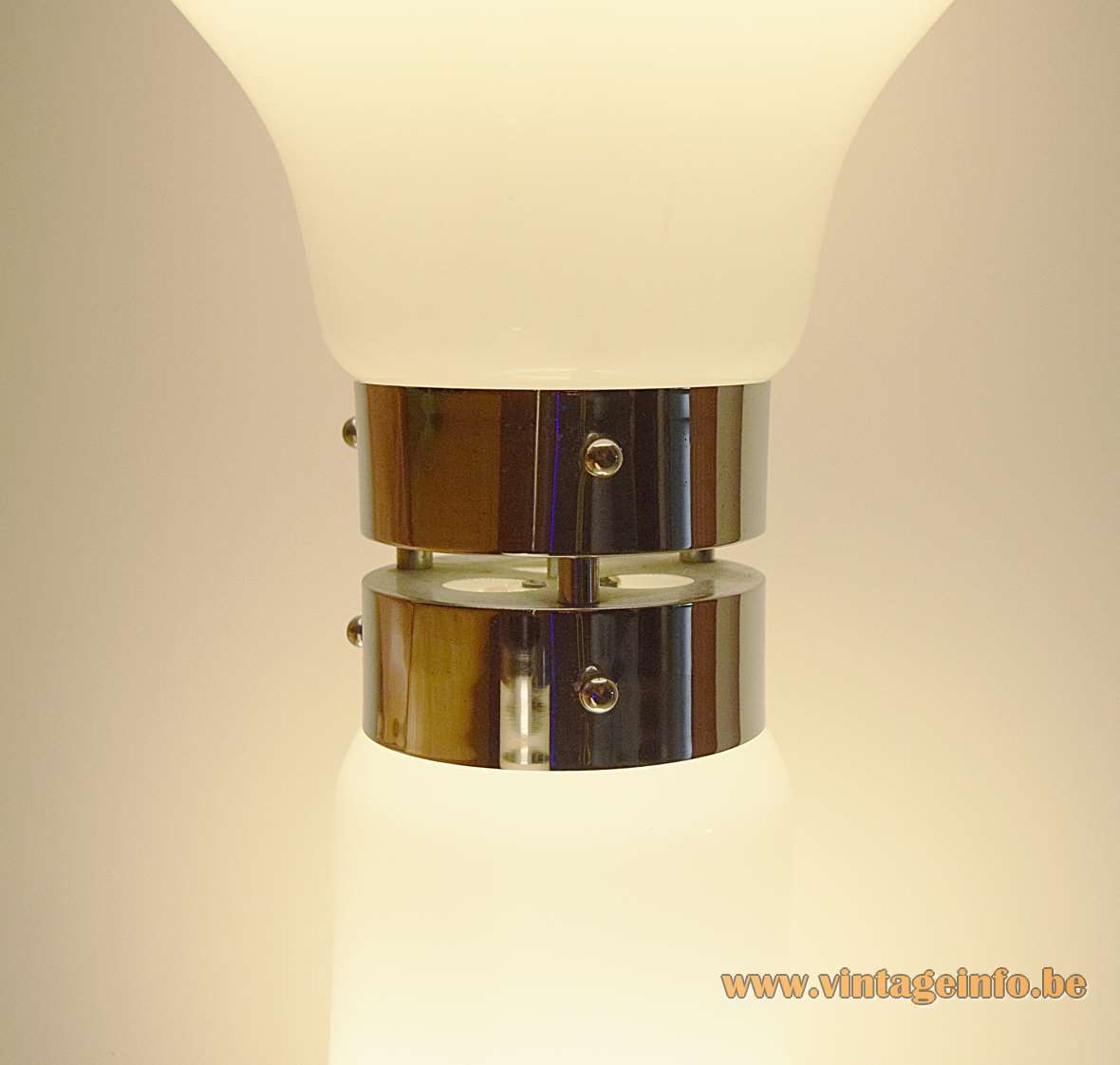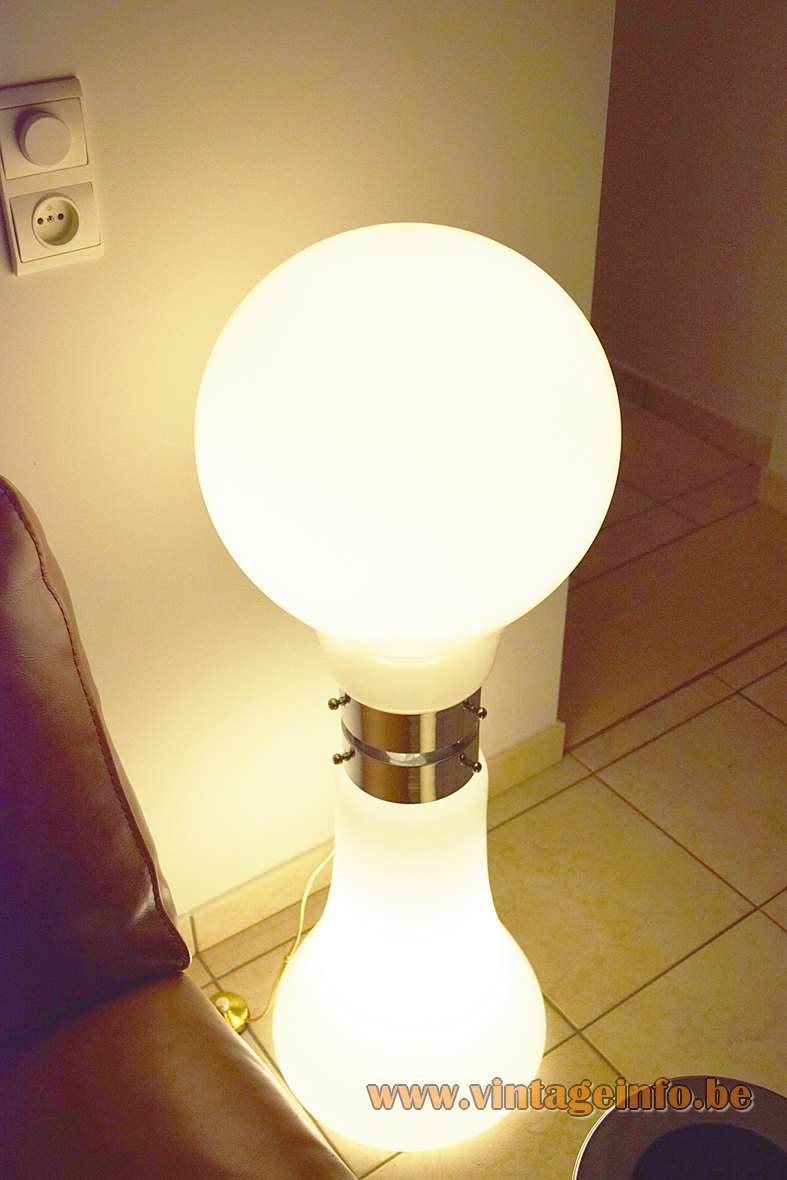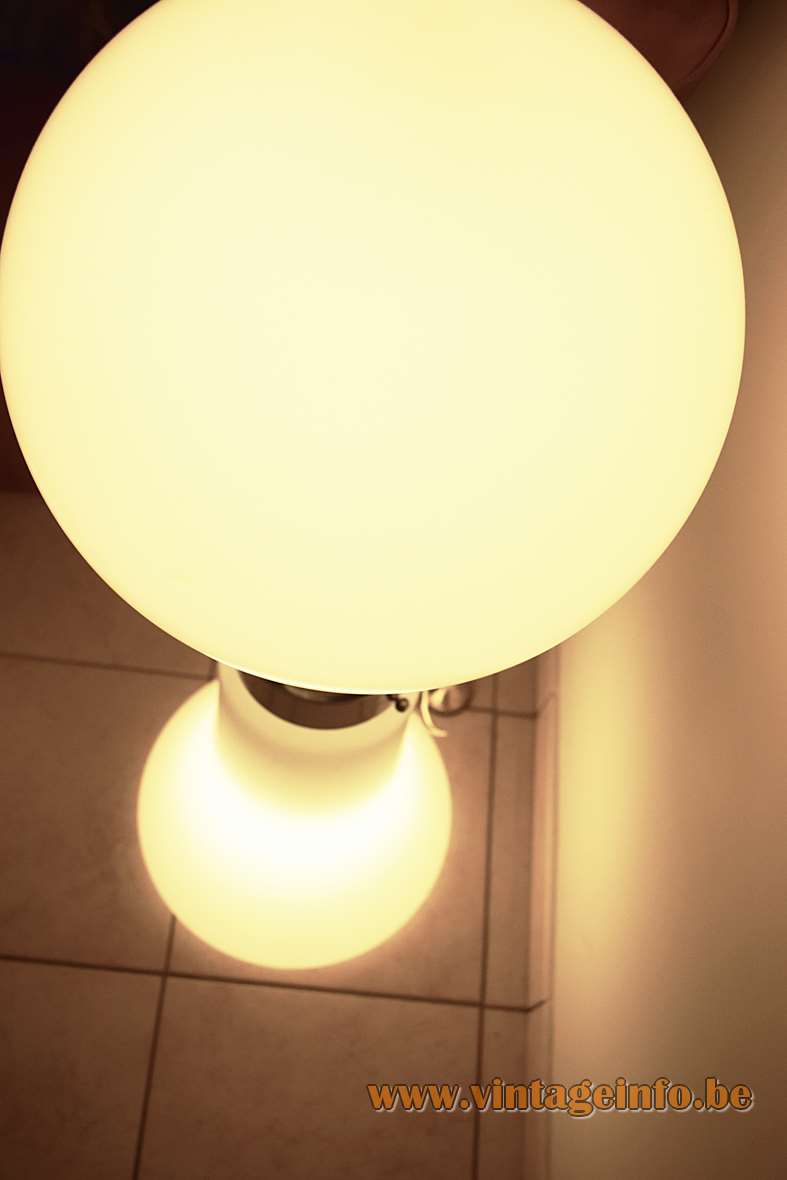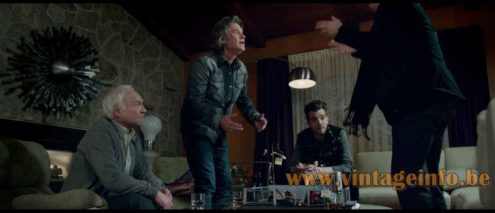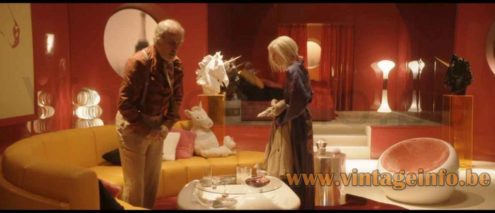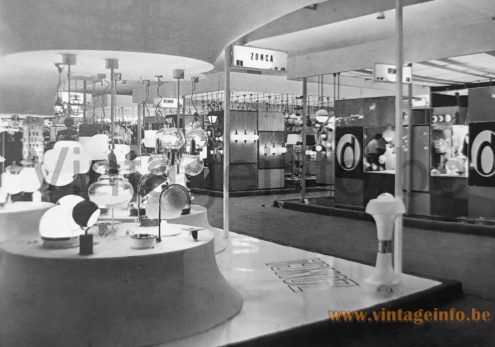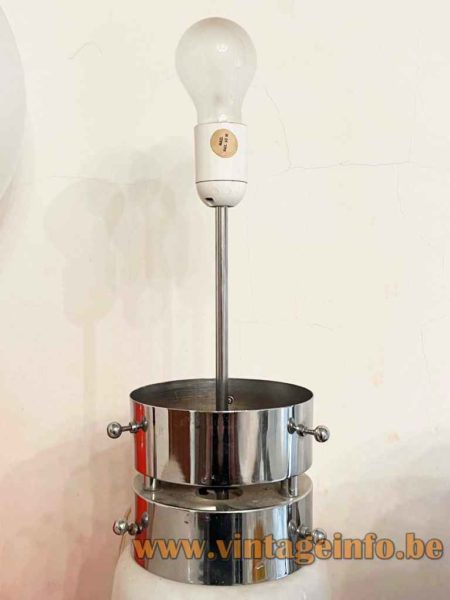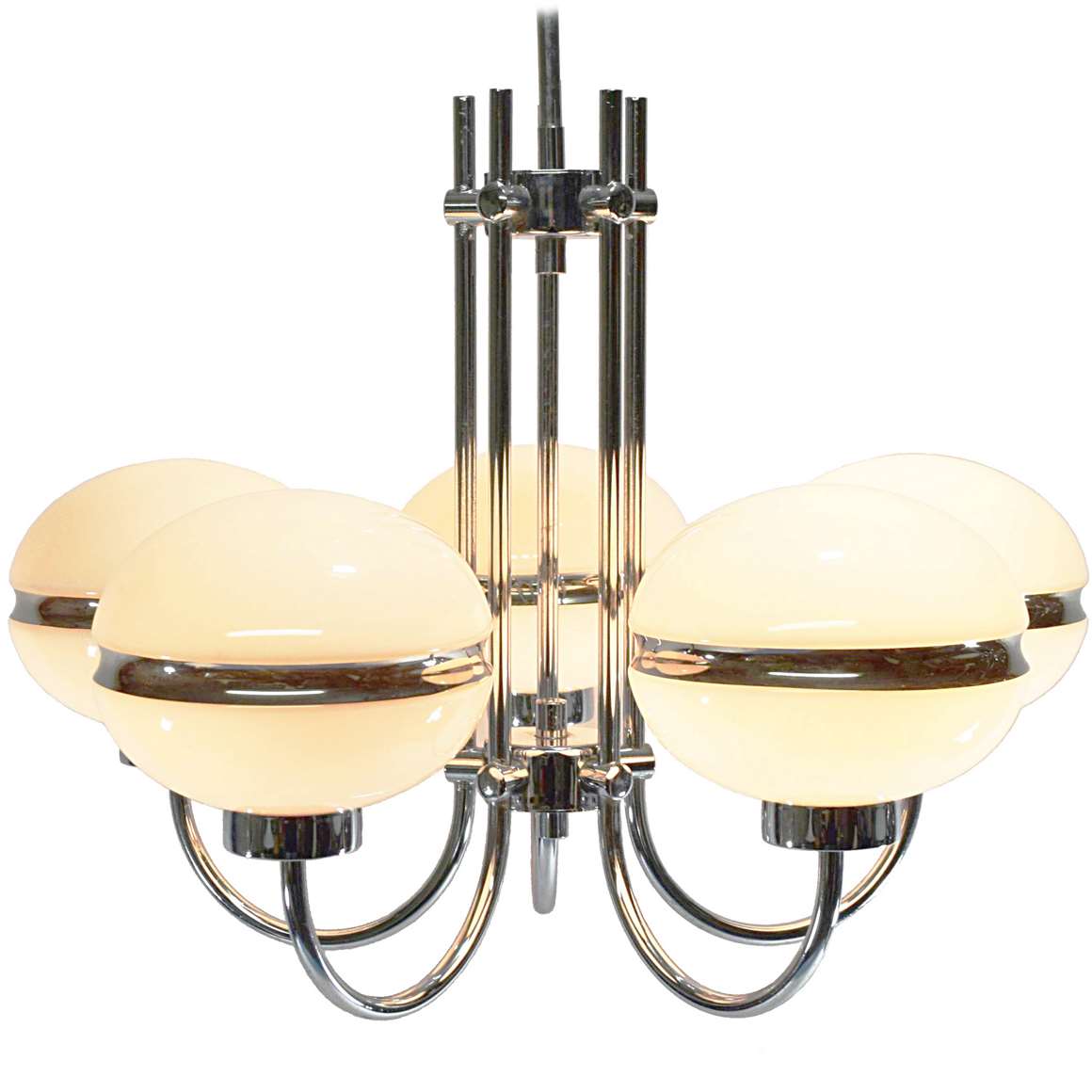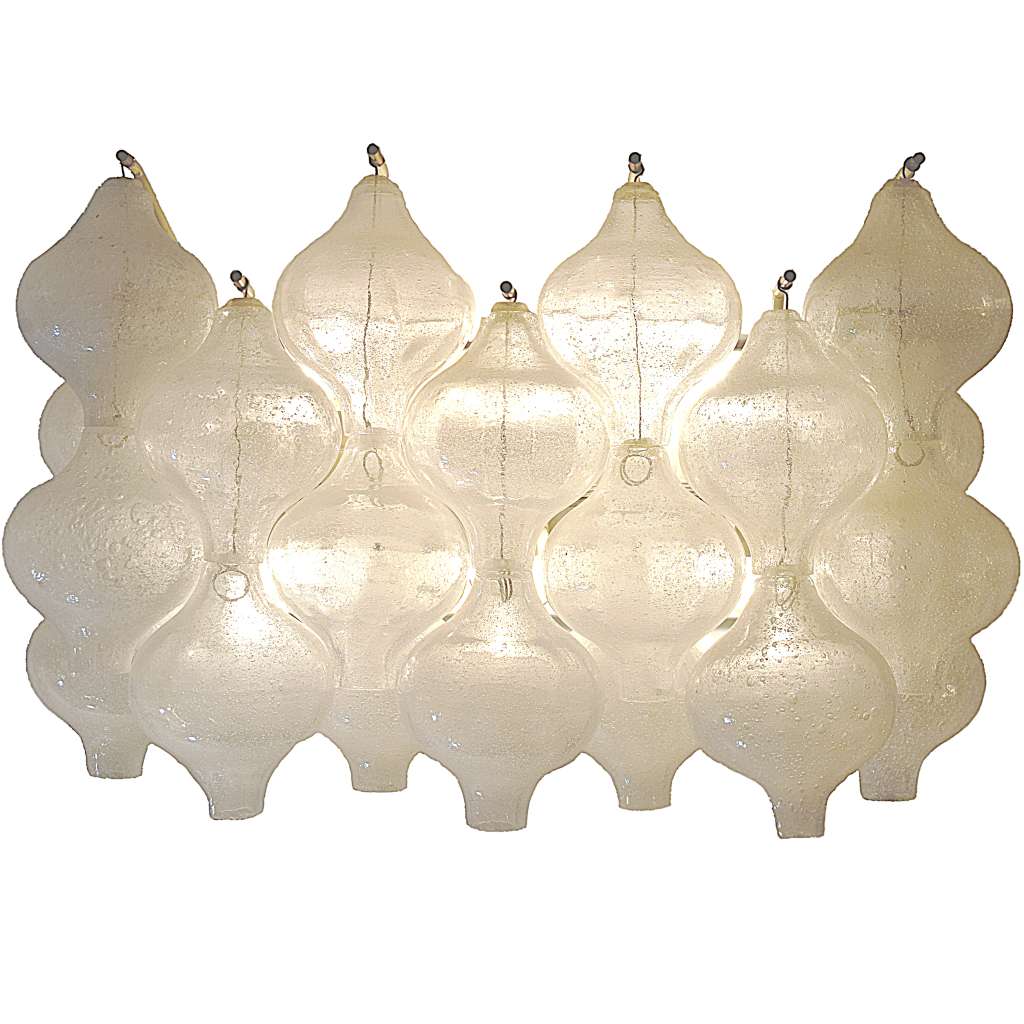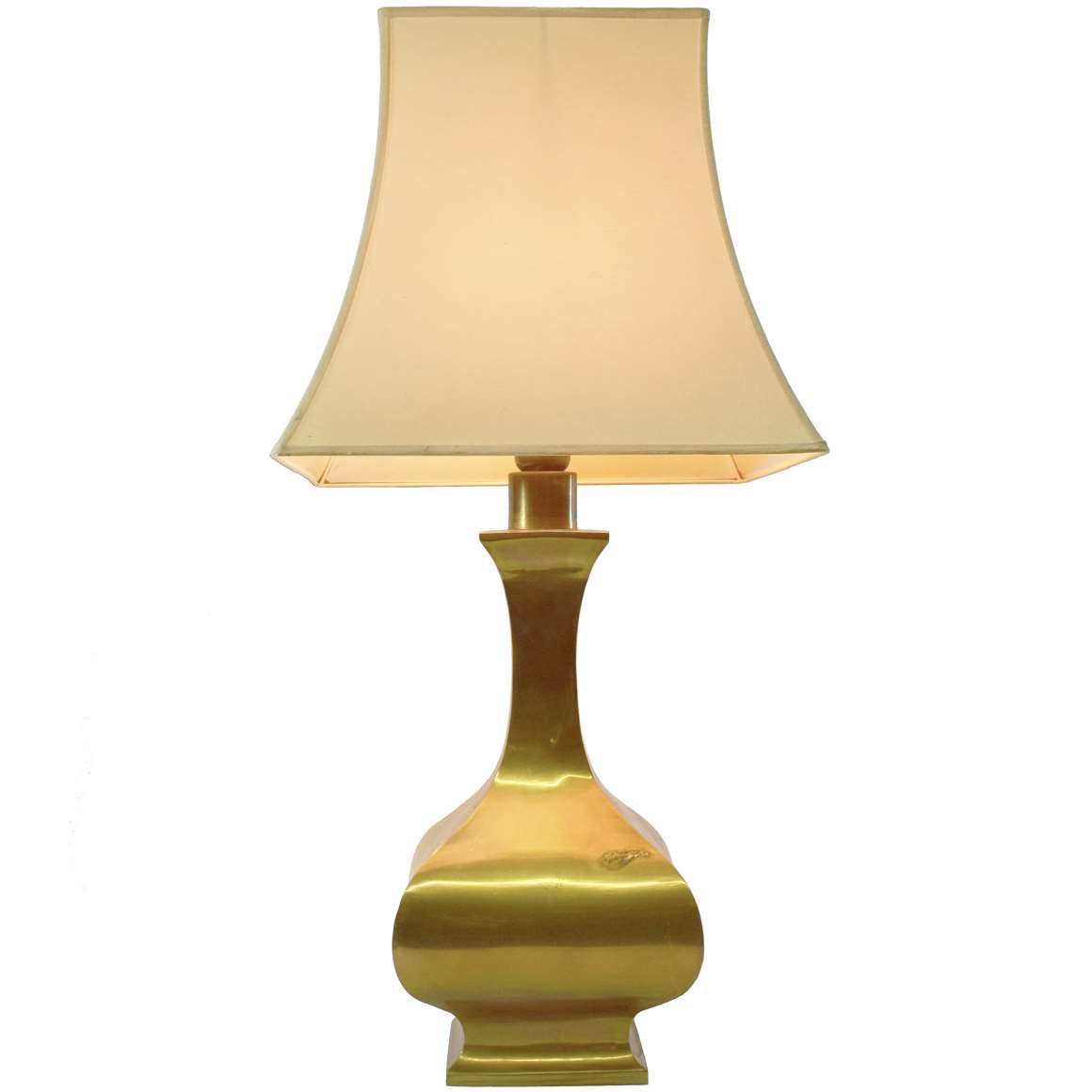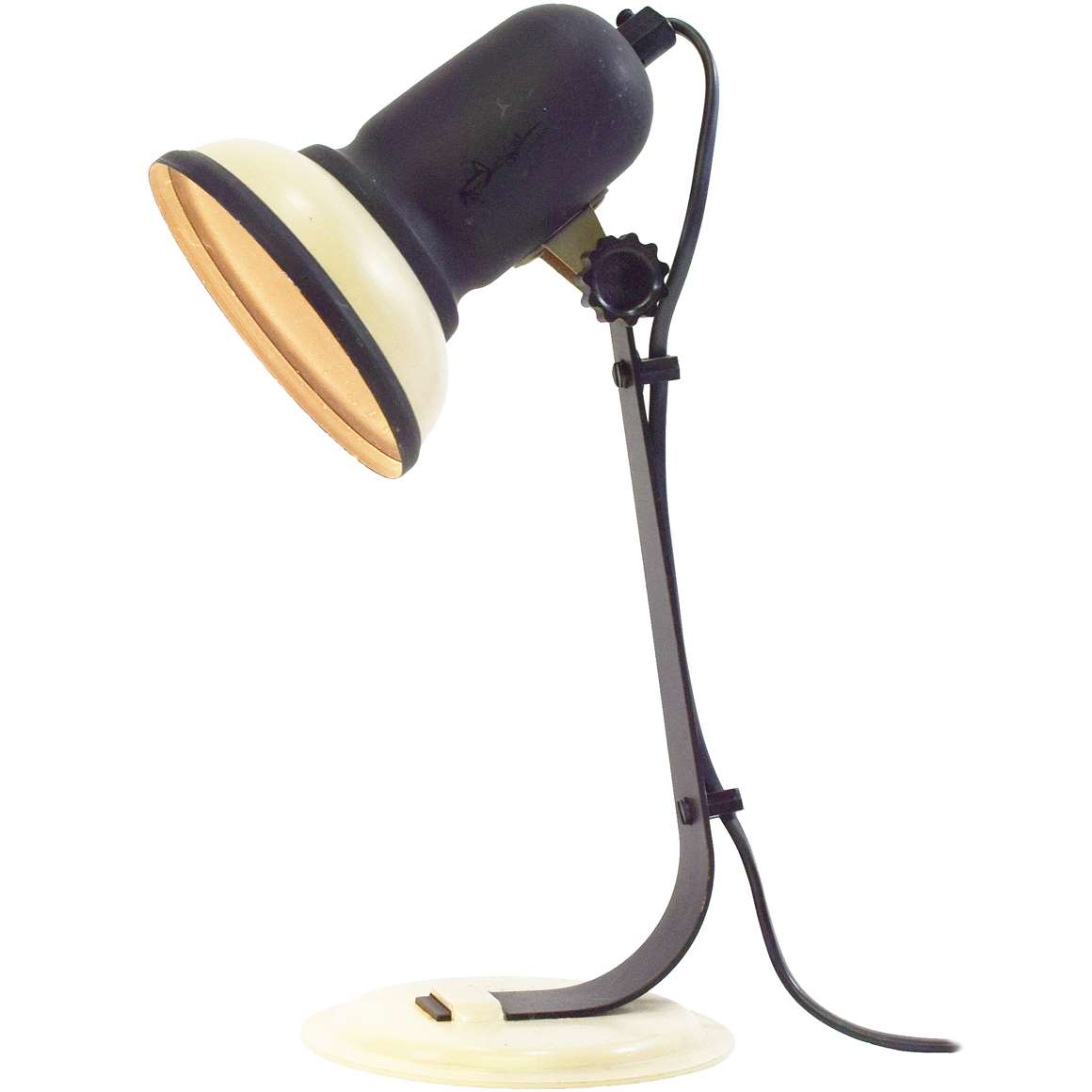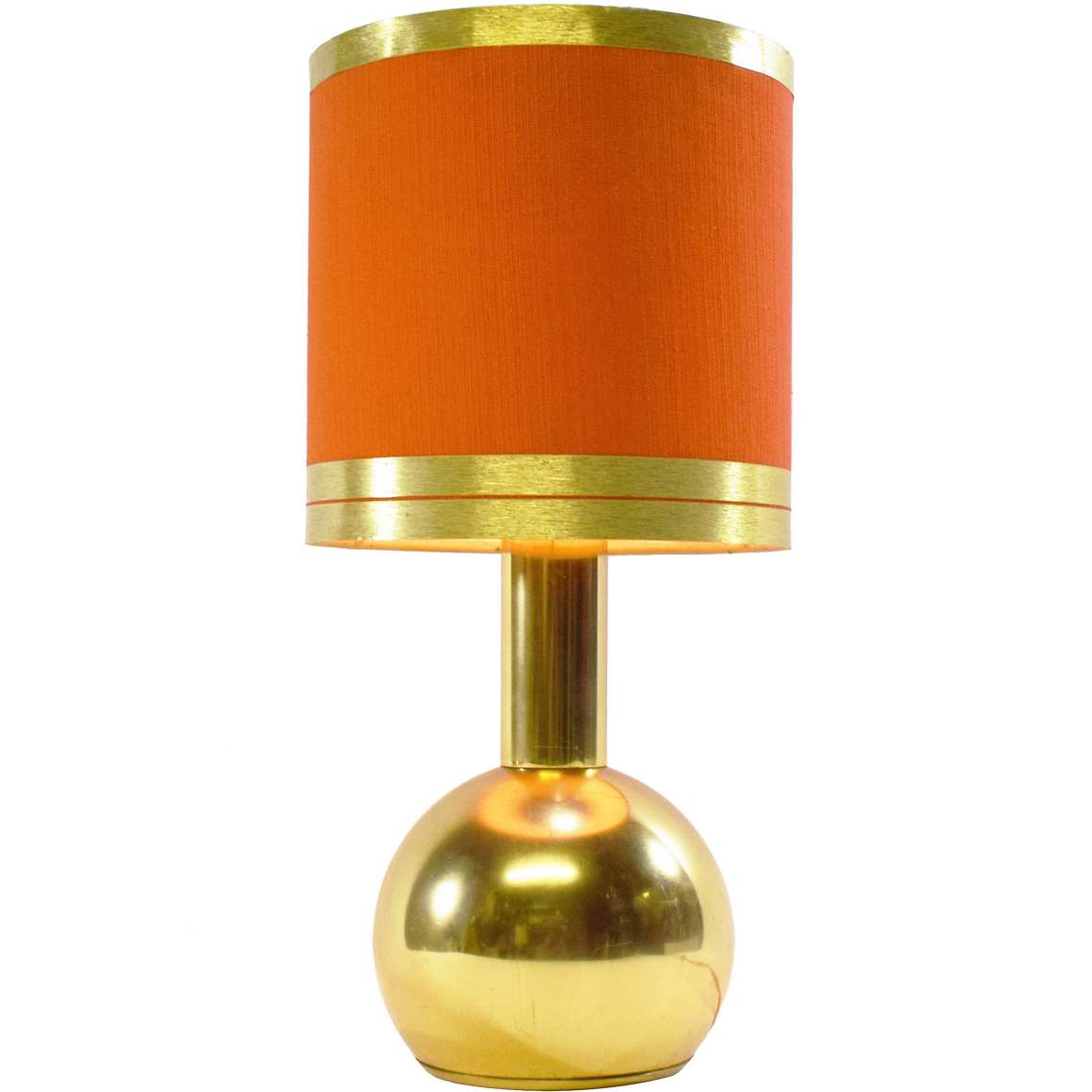White Birillo Floor Lamp
Lamps In The Movies
The Art Of The Steal (2013)
A Birillo floor lamp was used as a prop in the 2013 Canadian comedy film The Art Of The Steal. Starring Kurt Russell, Jay Baruchel and Katheryn Winnick. Also lamps made by the Canadian Rougier, Reggiani, FLOS, Quality System and Raak appear in this film.
Into The Labyrinth (2019)
An AV Mazzega LT 220 floor lamp was used as a prop in the 2019 Italian thriller film Into The Labyrinth. Starring Dustin Hoffman,Toni Servillo and Valentina Bellè. In this scene together with a Medusa floor lamp designed by Olaf Von Bohr and produced by Valenti.
Zonca
Below is a photo of a booth from the Italian company Zonca International at a lighting fair in the 1970s. On the right, you see their version of this Birillo floor lamp. On the opposite side is a booth from the French company Delmas Luminaires.
A huge collection, somewhere in Belgium
Many thanks to Koen for the help and picture of the Massive label. You can find his Instagram account over here.
White Birillo Floor Lamp
Materials: 2 white opal hand blown crystal glass parts. A flattened glass base, globe in bulb style on top. 2 connected chromed metal (iron) rings. 6 chrome ornamental screws. Brass rod and nuts. Two Bakelite sockets.
Height: 102 cm / 40.15”
Width: ∅ 34 cm / 13.38”
Electricity: 2 bulbs E27, 2 x 60 watt maximum, 110/220 volt.
Anytypeof light bulb canbeused, but a white/opaque or frosted one is preferred.
Period: 1970s, 1980s – Mid-Century Modern.
Designer: To be appraised.
Manufacturer: Massive, Mortsel, Belgium.
Other versions: This white Birillo floor lamp exists in several sizes. Many variations were produced.
Birillo: Italian word for cone. Probably invented by dealer, there is no reason to assume that this is the name of this lamp, other than that it does indeed resemble a cone.
Always said it is a lamp designed by Carlo Nason and made by AV Mazzega. It is not true.
Some sources say that it’s Sergio Mazzega who designed this lamp for Vistosi, but those are false assumptions.
Birillo: Italian word for bowling pin or cone.
Editions exists were the top and bottom illuminate independently or both together using the floor foot switch. Most of them do.
Always attributed to AV Mazzega, because sometimes you find these lamps with an AV Mazzega label. An e-mail to the company AV Mazzega (Mazzega1946) yielded no results. Furthermore, the son of Carlo Nason said that these lamps are not a design by his father.
Selene Illuminazione
Since at least 2018 a version of this floor lamp is made by Selene Illuminazione. They named it Dina. It is 98 cm – 38.58” high. The width is the same. It is made in different colours, but also in clear glass.
Massive
Origins and Early Growth (1926–1970s)
Massive started in 1926, when Pieter-Jozef De Jaeck founded a bronze foundry in Wilrijk, near Antwerp, Belgium. Initially, the company crafted traditional bronze items such as candlesticks, crucifixes, and chandeliers in-house using established casting methods.
However, as the market evolved during the 1930s and 1940s, Massive quickly adapted to meet changing consumer needs. Therefore, the company gradually introduced more functional lighting products for households. After World War II, electric lighting became more popular across Europe.
Consequently, Massive began combining classic design with modern electrical technology. This strategic shift enabled the brand to reach new customers and grow steadily.
By the 1950s, Massive had earned a solid reputation across Belgium. Its lighting fixtures – often inspired by mid-century trends – were both affordable and practical. Moreover, they were widely available in hardware and furniture stores. As a result, they became a staple in many homes.
In the 1960s, Eddy De Jaeck, the founder’s son, joined the company. He introduced semi-industrial production techniques and optimized logistics. As a result, Massive shifted from a craft-based workshop to a mass production business. This major change laid the groundwork for international expansion.
Design Approach and Product Strategy
Massive became known for producing lighting in the style of more exclusive brands. While they didn’t make direct copies, many of their designs were clearly “inspired” by well-known models. Nevertheless, the company also released some original highlights that stood out in their own right.
In addition to their own production, Massive distributed a significant number of lamps made by other manufacturers. This strategy was not unusual at the time. Many lighting companies across Europe followed the same practice to broaden their product range and appeal to a wider market.
International Expansion and Market Leadership (1970s–2000s)
During the 1970s, Massive expanded rapidly. With Eddy De Jaeck at the helm, and later his sons Piet and Jan De Jaeck, the company grew into a multinational enterprise. To stay affordable and increase volume, Massive moved production to Eastern Europe. Later, it extended manufacturing to China. This deliberate strategy helped the brand stay competitive in a changing market.
By the 1980s, Massive had become one of the top lighting brands in Europe. Its catalog included thousands of options for both indoor and outdoor use. Furthermore, the brand balanced style, affordability, and reliability. Because of this, it gained popularity in both Western and Eastern Europe.
In the Netherlands, Massive began operations in 1962. In addition, the company opened Massive Gorinchem in 1969. This location served as the Dutch headquarters for more than 40 years. Eventually, in late 2012, it relocated to Eindhoven.
Ownership Changes and the Philips Takeover (2002–2010)
In 2002, the De Jaeck family sold Massive to CVC Capital Partners for about €250 million. This move transformed the company into part of the new group, Partners in Lighting International (PLI).
Over the next years, PLI expanded quickly. For example, in 2005, the group acquired Modular Lighting Instruments. Then, in 2006, it added Trio Leuchten from Germany. As a result, PLI marketed over 10,000 products under brands like Massive, Lirio, Trio, Aqua, and Cucina.
The company grew further by employing about 5,000 people and operating in more than 70 countries. In 2007, Royal Philips Electronics announced plans to acquire PLI. The deal closed in 2008, which strengthened Philips ‘ position in the European home lighting market.
Soon afterward, Philips rebranded all Massive stores in Belgium as Light Gallery. By 2014, the Massive name had vanished from packaging and store displays alike.
The End of an Era and the Move to Signify (2010–2024)
After the acquisition, Massive ‘s visibility declined steadily. In 2016, Philips Lighting became a separate, publicly traded company. Then, in 2018, the company rebranded as Signify. This new identity marked a fresh focus on smart and connected lighting.
Eventually, in April 2024, Signify shut down the Light Gallery website and redirected all content to its main platform. Although the Massive name no longer appears in stores, its legacy lives on. Millions of homes throughout Europe still feature its recognizable and timeless lighting designs.
